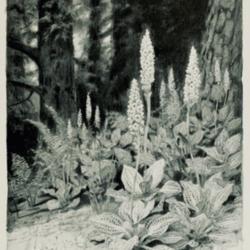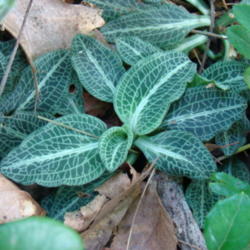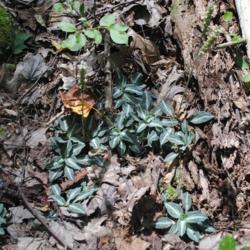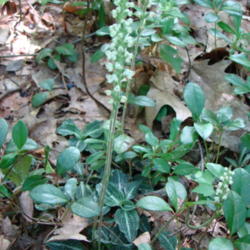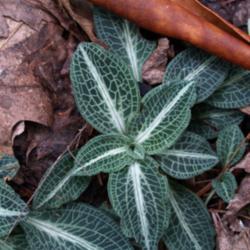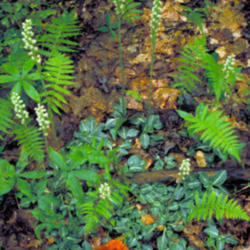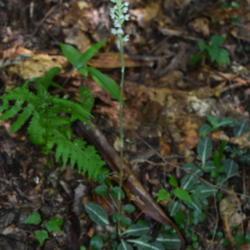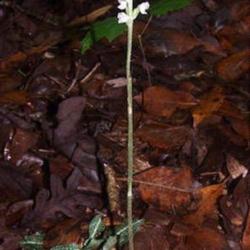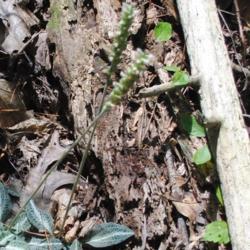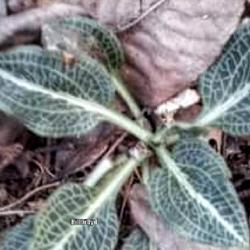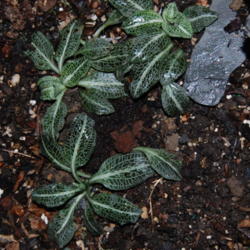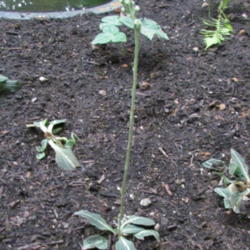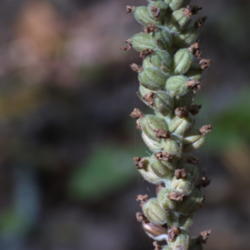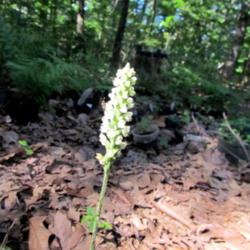Posted by
mellielong (Lutz, Florida - Zone 9b) on Apr 17, 2015 9:05 PM concerning plant:
The book, "How to Know the Wildflowers" (1922) by Mrs William Starr Dana gives the common name of Rattlesnake-Plantain and makes some rather outrageous claims. She says the plant has been reputed as an infallible cure for hydrophobia and snake bites. In fact, she says, "The Indians had such faith in its remedial virtues that they would allow a snake to drive its fangs into them for a small sum, if they had leaves on hand to apply to the wound."
Melanie hopes the Indians were suckering people for money and using non-venomous snakes. Still, don't ever use a plant for medicinal purposes without consulting a doctor. Also, don't handle snakes with the intention of letting them bite you. In a more pleasant description, the author notes that the flowers appear in late summer and are less conspicuous than the tufted, white-veined leaves.
Posted by
ILPARW (southeast Pennsylvania - Zone 6b) on Aug 15, 2019 7:24 AM concerning plant:
This is a small, evergreen orchid. Its generic name came from the name of a 17th century English botanist, John Goodyer. Its broad leaves form a rosette that is like a Plantain. The leaves have a prominent reticulated pattern of white veins that gives a resemblance to the scaly skin of a rattlesnake. The 20 to 80 evenly spaced, white, lipped flowers are in a dense, cylindrical, terminal spike that is densely hairy. It blooms in July-August. It is native to southeast Canada, New England down into Florida, to Mississippi to eastern Oklahoma, up through Minnesota, growing in dry to moist, acid soils of woods. Its wild numbers are mostly all right now. It is found in scattered locations around; not just growing everywhere. It has a symbiotic relationship with mycorrhizae fungi in the soil that helps it obtain nutrients in the soil and helps support its many minute, dust-like seeds. Some specialty nurseries offer some that have been raised in their garden beds. It is not good to dig it up out of a natural habitat. That would endanger its wild existence.

